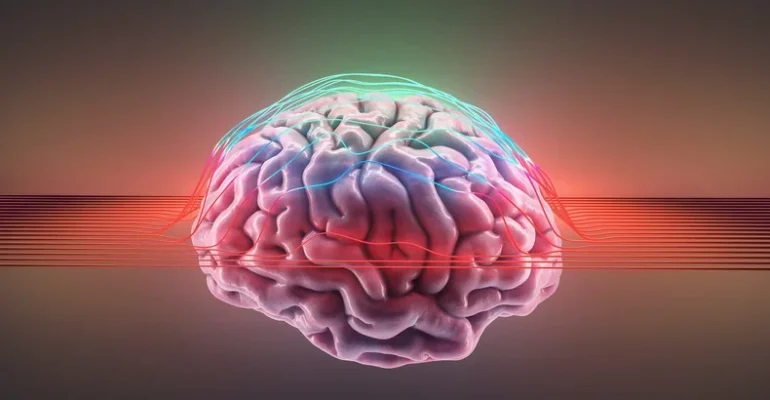Unveiling the Mind’s Window: The Remarkable Link Between Eye Movements and Cognition
September 18, 2023 2023-09-18 13:05Unveiling the Mind’s Window: The Remarkable Link Between Eye Movements and Cognition
Introduction
The eyes are often called the windows to the soul, but they might be even more profound than that. Recent research has unearthed a captivating connection between eye movements and cognitive processes, shedding new light on the intricate workings of the human mind. In this article, we will explore the fascinating link between how our eyes move and what’s happening in our brains.
The Dance of the Eyes
The human eye is a remarkable organ, not just for its visual capabilities but for its role as a mirror to our inner thoughts. Every eye movement we make, whether consciously or unconsciously, can provide valuable insights into our cognitive processes.
Gaze and Attention
One of the most intriguing aspects of eye movements is their close connection to attention. When we focus on an object or a specific area in our field of vision, our gaze naturally follows. This phenomenon, known as visual attention, reflects our brain’s ability to prioritize information. Researchers have used eye-tracking technology to measure and analyze these gaze patterns, uncovering how we allocate our attention in various tasks.
Intentions and Decision-Making
Our eyes also reveal our intentions and decision-making processes. For instance, before we consciously decide to reach for an object, our eyes often fixate on it. These subtle movements can indicate not only our immediate actions but also our internal thought processes leading up to those actions.
The Mind’s Subconscious
Perhaps the most intriguing aspect of eye movements is their connection to our subconscious mind. Studies have shown that our eyes can reveal information about our thoughts and emotions that we may not even be aware of ourselves. The direction of our gaze can disclose our preferences, biases, and even our intentions before we consciously recognize them.
Research Findings
Researchers have employed advanced eye-tracking technology and neuroimaging techniques to delve deeper into this phenomenon. They have discovered that specific eye movement patterns are associated with different cognitive tasks. For example, rapid eye movements, known as saccades, often accompany shifts in attention, while longer fixations suggest more profound cognitive processing.
Practical Applications
The implications of this research are vast and diverse. In fields such as psychology, marketing, and user experience design, understanding how people visually interact with stimuli can lead to more effective communication, improved product design, and better decision-making support.
Conclusion
Our eyes do much more than provide us with sight. They are intricate instruments that offer a glimpse into the workings of our minds. As research continues to unlock the secrets of the connection between eye movements and cognition, we gain a deeper understanding of our own thought processes and behavior.
The video link here accompanying this article provides a visual journey into the world of eye movements and cognition. It explores real-life applications and fascinating experiments that demonstrate the power of our gaze in uncovering the mysteries of the human mind. The next time you find yourself gazing at an object or lost in thought, remember that your eyes are not just watching the world—they are also windows into the intricate machinery of your consciousness.
























